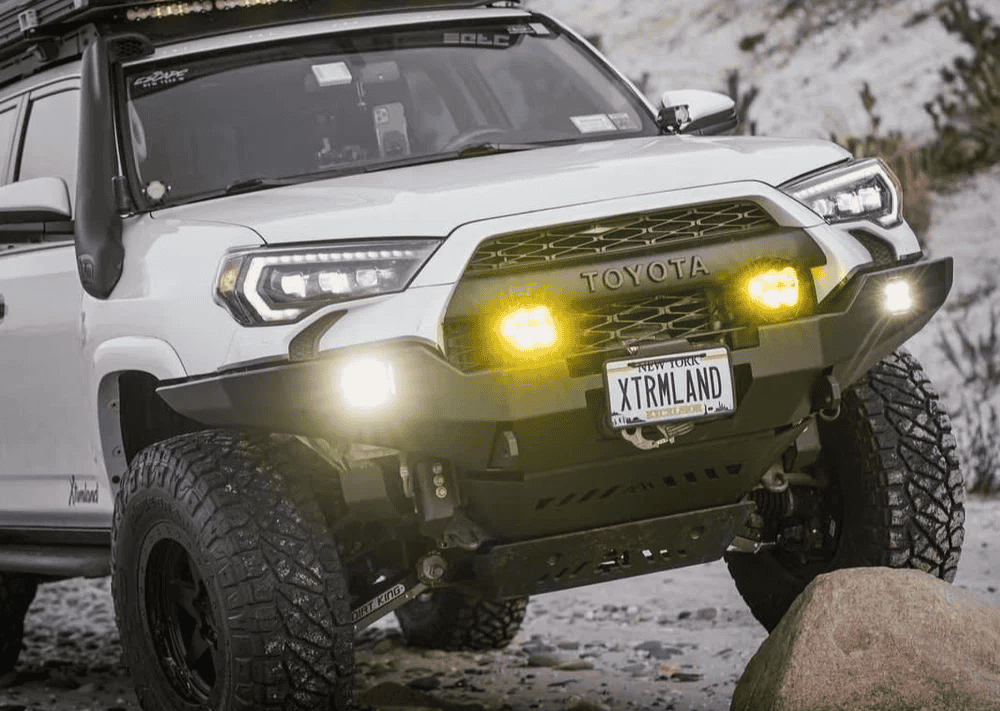Overland Vehicles

A DC DC charger sits between your vehicle starter battery and an auxiliary battery bank, controlling how energy flows while you drive. Unlike old school isolators, a charger boosts or limits voltage and current to match the chemistry and charge profile of the house battery. That precision matters for lithium iron phosphate and modern AGM cells, which expect specific absorption and float targets.
It also protects the alternator. Pulling uncontrolled current into a low state of charge battery can overheat windings, cause belt squeal, and shorten service life. A properly sized DC DC unit caps current draw, adds temperature protection, and often communicates readiness via ignition sense or voltage sense logic to avoid draining the start battery when the engine is off.
Smart alternators introduce another wrinkle. Many vehicles modulate alternator voltage to improve fuel economy, which confuses basic isolators. A DC DC charger is designed to wake up and charge even when alternator output fluctuates, so your house battery still gets a full, healthy cycle on the highway.
Choose output based on your battery bank, alternator capacity, and wiring run. Common sizes include 30, 40, 60, and 100 amp units. A simple rule of thumb is to keep continuous draw near one third to one half of alternator rating, factoring in other vehicle loads, climate control, and lighting. Large lithium banks can absorb high current, but charging faster is not always better if your alternator is not built for it.
Consider duty cycle and travel patterns. If you regularly drive long grades or hot climates, a smaller charger with longer run time may be kinder to vehicle components. If you drive short hops to trailheads, a higher current model might make sense to recover charge quickly.
Good installation is about voltage drop management, protection, and serviceability. The physical mount should be on a rigid surface with airflow, away from direct engine bay heat and away from soft furnishings. Keep cable runs as short and straight as practical to minimize losses.
With variable voltage systems, the charger should be set to ignition sense or D plus trigger so it charges only when the engine truly runs. Voltage-trigger modes may be unreliable if the alternator intentionally lowers voltage during cruise. If your vehicle uses regenerative braking, verify the charger handles the rapid voltage changes without nuisance cycling.
Once installed, verify polarity at every terminal before connecting batteries. With a multimeter, record resting voltages and then test with the engine idling and at a raised RPM. Confirm the charger ramps smoothly to its rated output, then tapers as the house battery nears absorption setpoint.
Check for heat at lugs and fuses after a 20 to 30 minute drive. Warm is normal, hot indicates resistance or an undersized component. Measure voltage drop from start battery positive to house battery positive at full output; excessive drop suggests upsizing cable or improving grounds. Recheck torque on all fasteners after the first week of driving as copper cold flows.
A well planned DC DC charger installation pairs the right current rating with clean routing, solid thermal management, and correct chemistry programming. When done right, you get dependable charging every mile without risking the alternator or the starter battery’s ability to crank on a cold morning. It is the backbone of a road worthy electrical system that works in cities, on washboard forest roads, and everywhere between.
If you are mapping a complete travel platform, an integrated plan matters. Pair your charging strategy with distribution, solar input, and shore power so every source plays nicely and the monitoring makes sense at a glance. For vehicle based adventure, that cohesion is what keeps trips focused on trails, not troubleshooting.
Our team builds systems that balance alternator health, battery longevity, and day to day usability. For capability that extends beyond pavement, explore our overland rigs. If you are aiming for a tailored electrical and storage solution, see our custom overland upfit. Curious how we work and what owners say about the process? Start with why choose OZK Customs.
Tell us how you travel, the gear you carry, and how long you need to camp off grid. We will spec the correct DC DC charger, protection, and wiring architecture, then integrate it into a clean, serviceable layout that is easy to live with. From first sketch to handoff, you will know exactly how the system performs and what it can do for your time on the road.
Ready for dependable charging while you drive? Our team designs and installs DC DC systems that protect your alternator, match your battery chemistry, and keep you powered off grid. Tell us about your platform and travel style, and we will map a clean, serviceable system that just works.
ADDRESS:
6159 E Huntsville Rd, Fayetteville, AR 72701
PHONE:
(479) 326-9200
EMAIL:
info@ozkvans.com